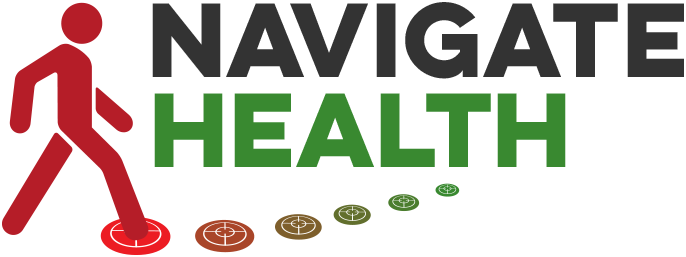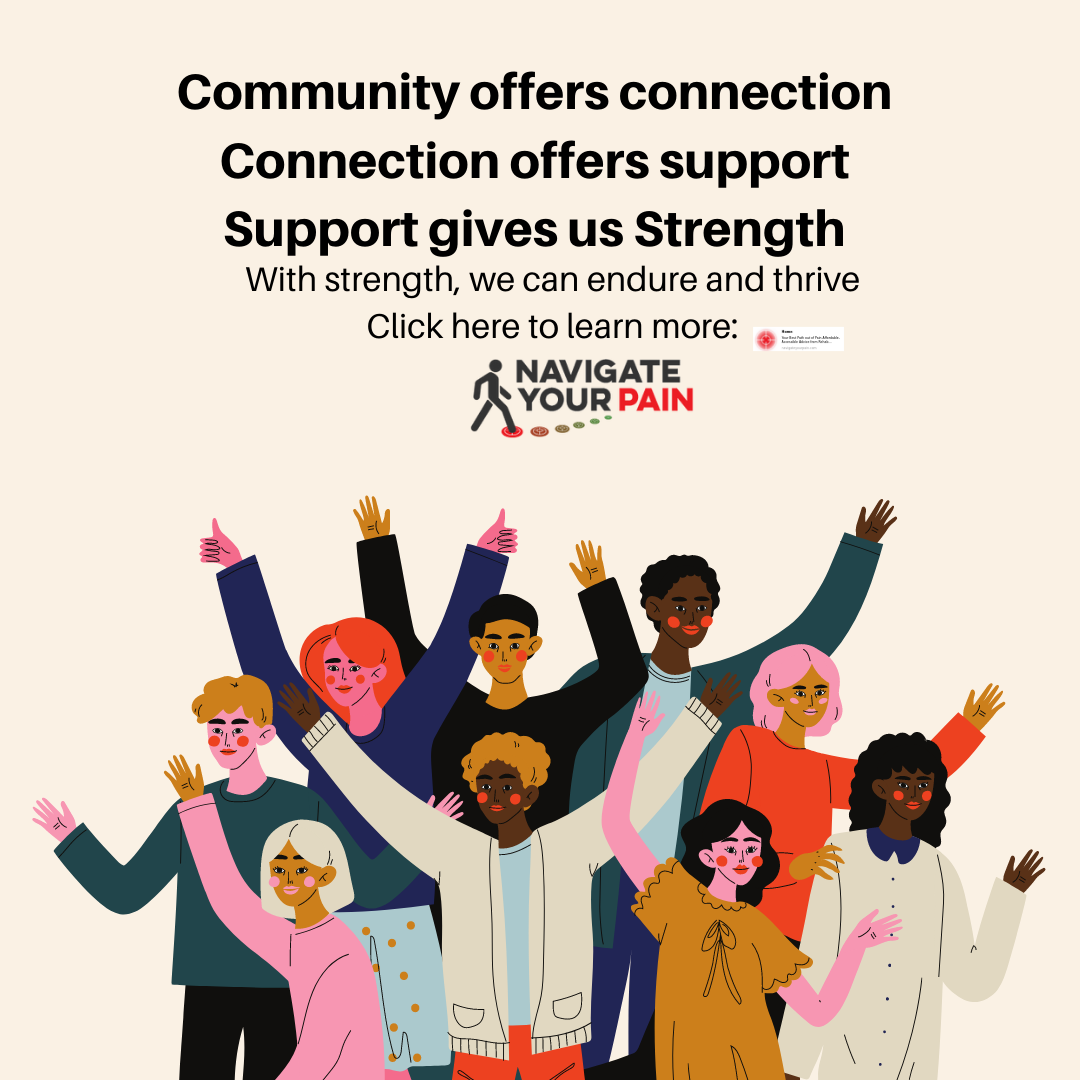Social Connection: The Ultimate Health Boost
Part 1
By Stephanie Wakeman, PT, DPT, Cert-APHPT
Certified Applied Prevention Health Promotion Therapist
And Megan Doyle, MS, OTR/L, FPS, Cert-APHPT
Occupational Therapist, Fellow of Pain Science,
and Certified Applied Prevention Health Promotion Therapist
What Does it Take to Win Gold?
They say it takes a village to raise a child. Well it requires an even larger village to raise an Olympic athlete!
One of my favorite aspects of the Olympics is learning about the myriad of challenges athletes face on their journey to greatness. While the merits of one’s own talent and hard work are not to be underestimated, most athletes would not have achieved such an elite level of competition without the support of family and community.
Research has supported the theory that strong community and family connections are just as important to your well being as the other pillars of health we have discussed. (1) Recall our past blogs on movement, sleep, nutrition, and stress. We learned how each element has a direct impact on our health and attention to these areas can decrease risk of disease and mortality. Today we will talk about the final pillar, Connect, and tie this into the success and vitality of one of our nation’s greatest athletes.
Sunisa Lee was born in Minnesota to Hmong immigrants. She has 5 siblings and comes from a modest background supported by her community of Hmong immigrants in St. Paul, MN. Her story of becoming the first Hmong-American Olympian is a perfect example of the power of social connection.
Suni overcame multiple tragedies and several injuries in short time span. In 2019, her father suffered a terrible accident that left him paralyzed from the waist down just 2 days before the 2019 National championships. Because of this tragedy, Suni’s coach advised her not to compete because the incident would be a distraction that could affect her performance and possibly result in injury. Missing this event, however, would end her chance to make the Olympic team, so she was faced with a career changing dilemma at just 16 years of age. Suni’s father had such strong faith in his daughter’s skill and grit that he convinced Suni from his hospital bed to enter the competition. Thanks to his love, support and encouragement, she brought home a silver medal and earned her place on the Olympic team.
That was the first of several obstacles Suni had to overcome. She suffered from depression in March of 2020 when she learned the games were postponed due to Covid and the gym was forced to close for 3 months. When she finally had a chance to return, she broke her foot from a bad landing and had to miss another 3 months of training. Her aunt and uncle, who were instrumental in helping her recover from the fracture, lost their lives to Covid a few months later. Despite these tragic setbacks, she found the strength to endure and carry on. One can surmise that this was possible because of her strong family ties and supportive Hmong community who continued to rally behind her and her father through thick and thin providing assistance for medical and training expenses. Her local community was not the only player in this story! Minnesota residents also raised $25,000 for Suni and 2 other local Olympic athletes to travel first class to Tokyo so they could arrive rested and ready to compete.
The Hmong community and her close friends gathered together to watch her performance in each event. Their joy and exuberance was captured for the world to see when she won the gold for the Women’s gymnastics all around competition warming hearts around the globe. Suni returned home with 3 Olympic medals to a hero’s parade and a whole town cheering for her. This is the stuff of dreams and demonstrates the power of unity. Many athletes, Olympic or not, are uplifted by their families and friends to endure the grueling training of their sport. Greatness is not achieved alone. Join us in Part 2 of this blog to learn more about actionable ways you can achieve increased social connection in your life!
References:
1; Yang, Y. C., Boen, C., Gerken, K., Li, T., Schorpp, K., & Harris, K. M. (2016). Social relationships and physiological determinants of longevity across the human life span. Proceedings of the National Academy of Sciences, 113(3), 578–583. https://doi.org/10.1073/pnas.1511085112
Social Connection: The Ultimate Health Boost
Part 2
By Stephanie Wakeman, PT, DPT, Cert-APHPT
Certified Applied Prevention Health Promotion Therapist
And Megan Doyle, MS, OTR/L, FPS, Cert-APHPT
Occupational Therapist, Fellow of Pain Science,
and Certified Applied Prevention Health Promotion Therapist
Steps for Better Connection:
Recall from Part 1 of this blog post that we shared the story of Olympic gymnast Suni Lee, focusing on the power of her social network to guide her in overcoming many obstacles on her path to winning multiple medals in the Tokyo 2020 Games. Achieving olympic glory may feel like an extreme example, however the highs and lows of daily life and loses feel all too familiar for the majority of us. No matter what we are striving for in our daily lives, having the support of any type of social network (whether it be family, friends, or members of our community) will make all the difference for both our physical and mental health.
Here are some research-backed (2) yet simple strategies any of us can use in our daily lives to increase our routine social connection, and therefore our overall health:
- Whether it’s through text, call, email or even snail mail, continue contact with current friends, and reconnect with olds ones.
- Look for opportunities in your community to make new connections, whether it’s signing up to take a class at the local recreation center, or volunteering.
- Focus on the quality, not quantify, of your social relationships.
- Use social media as a means to set up a meeting in person if at all possible, not just relying on virtual contact only.
- Strive to create a setting where those in your social circle can let their guards down, feel heard, supported, and that they can be their genuine selves.
- Practice authenticity in your own social interactions and using compassion and empathy so others may feel safe in theirs.
- Create built-in regularity with your social interactions, such as planning something that is always on your schedule at least twice per month. This may include an extended family game night, going hiking with friends, or meeting with a support group.



